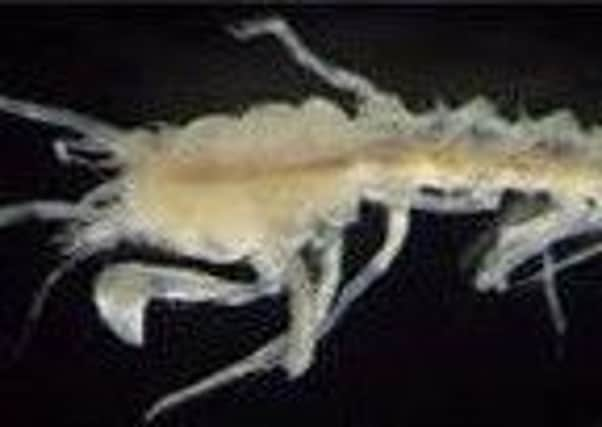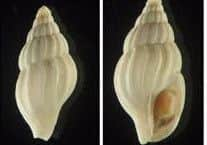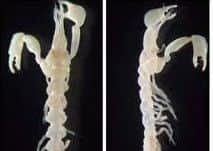Creatures from the deep sea off Hebrides revealed


Ecology consultancy Thomson Ecology have been working with the Joint Nature Conservation Committee and Marine Scotland Science on an exciting project looking at the health of sea life found in the very deep waters of the Hebrides - some 2,000 metres down.
The work took place at the Geikie Slide which is a geological submarine landslide named after the famous Scottish geologist Sir Archibald Geikie.


Advertisement
Hide AdAdvertisement
Hide AdAlong the bottom of the slope, animals are present that tolerate the environmental conditions of the deep-sea.
A diverse range of sea life can be found living in and on the mud, including sea urchins, sea spiders, and deep-sea worms.
The area is also a breeding ground for commercially important fish such as blue ling.
The most extraordinary of the species shown are the shrimp-like tanaids, Neotanais giganteus and Atlantapseudes grossimanus.


The animals shown here measure approximately 8 mm in length. Their large claws enable them to hunt actively for smaller prey such as worms and molluscs.
Other creatures found in the samples include bristleworms.
They are abundant in marine sediments in general. In deep waters members of the family Paraonidae are also regularly present.
The animal shown here was especially striking due to its reddish sensory organs.


A typical deep sea species is the gastropod Amphissa acutecostata.
Advertisement
Hide AdAdvertisement
Hide AdAs shown in the images below, its beautiful shell shows a conspicuous wavy longitudinal pattern. Examples of this species were regularly present in our samples.
They are known to occur on soft bottoms from the lower shelf down to 2000 metres depth.
Daisy Chamberlain, Lab Manager at Thomson Ecology said: “This was a fascinating project to work on because of the exciting, little-known species that we encountered when we analysed the sediment samples.


“The Hebridean slopes are thought to have functional significance to the health and biodiversity of Scotland’s seas and therefore this region is a marine conservation area.
Andrew Eggett, Offshore Marine Support Officer in the Marine Protected Sites team at the JNCC said: “This work is extremely important to developing JNCC’s and Marine Scotland Science’s understanding of the diversity and health of communities found within and adjacent to Geikie Slide Nature Conservation MPA.
“The results will be used as part of ongoing work to measure the rate and direction of change to protected features within this MPA, while providing valuable data to inform the monitoring of similar habitats in the UK and beyond.”
